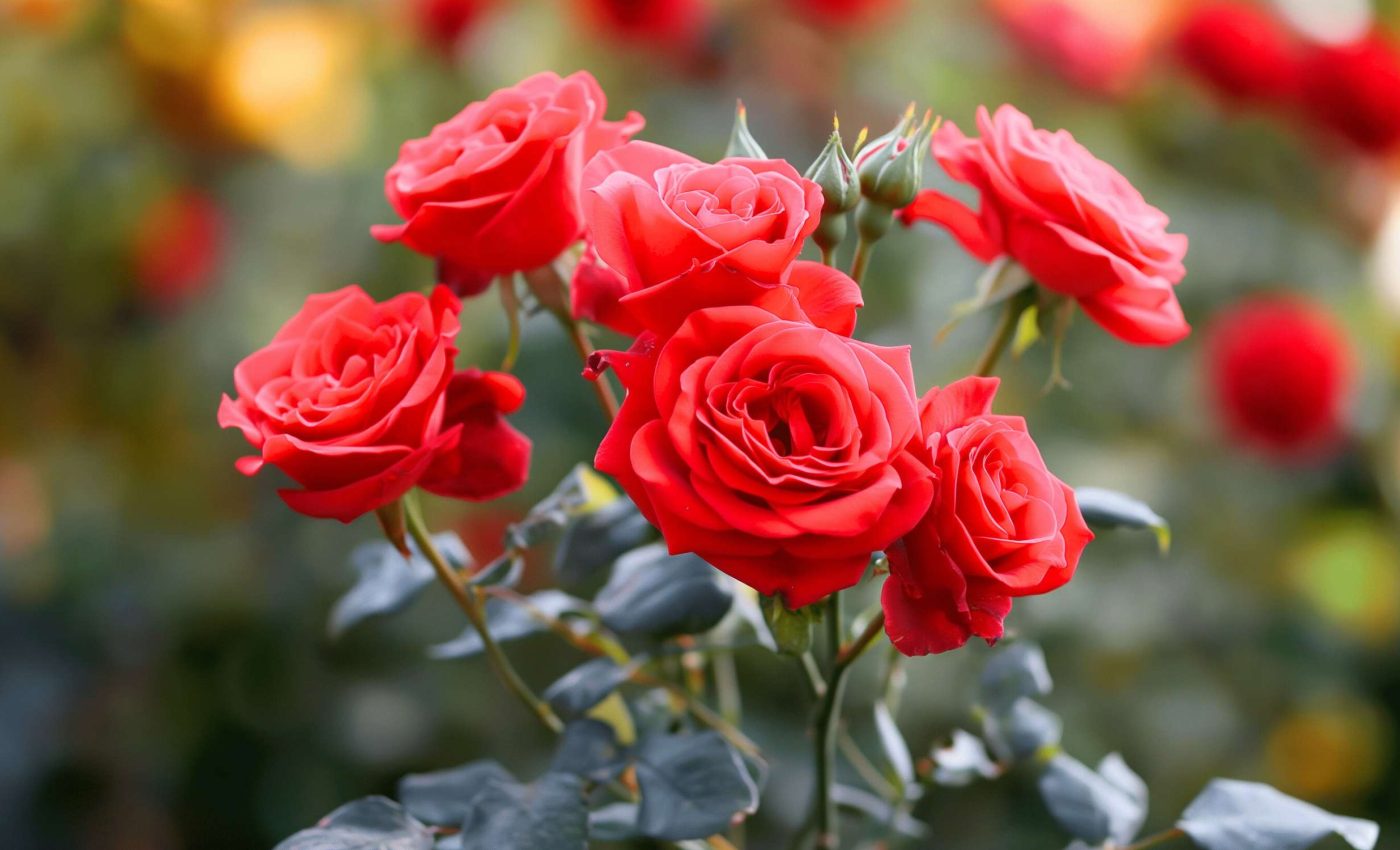
Scientists finally understand why rose petals have pointed tips
Roses have long been treasured for their elegance and symbolic meaning. Rose petals, admired in gardens worldwide, have fascinated people with their striking formation patterns.
Recent findings suggest that geometric frustration in tissue growth and cell orientation contributes to the formation of sharp tips in rose petals.
According to new research led by Yafei Zhang from the University of Central Florida, the flower’s pointed edges arise through a mechanism different from commonly known Gauss incompatibility.
The pointed petals of roses
Botanists have often assumed that most curling leaves and petals share the same principles of shape formation. Those principles involve internal growth stresses that produce wavelike edges in many plants.
Roses, however, do not follow that broad trend. They showcase crisp margins that hint at a different structural phenomenon.
Researchers discovered that these pointed rims result from Mainardi-Codazzi-Peterson (MCP) incompatibility, which focuses stress into narrow zones. This focus leads to the petal’s signature pointed form without the soft ripples found in other blossoms.
How internal stress directs growth
Stress in plant tissue often emerges when natural expansion meets physical limits. Instead of spreading the strain throughout the entire petal, roses concentrate it into small pockets along the rim.
That high-pressure concentration brings about clearly defined tips. Over time, this process creates a feedback loop in which the tissue continues to shape itself around those focused areas of stress.
Once those pointed regions appear, the petal’s growth follows a new path. This pattern sets roses apart from leaves or flowers that display wave-like edges.
Rose petals and pressure zones
In typical leaf development, Gauss incompatibility describes how mismatched growth rates cause edges to bend or ripple. Many plants rely on that effect, ending up with gentle curves that flutter in the breeze.
Roses tap into an alternative method for shaping themselves. Their petals emphasize localized pressure zones, almost like a carefully placed fold that defines the final outline.
Scientists have long used geometry to explain how thin sheets buckle and curl. Roses provide a vivid example of how nature experiments with more than one geometric strategy to achieve a unique aesthetic.
Petals that are sharply sculpted
Zhang’s group took a practical approach to confirm that MCP incompatibility drives rose petal formation. They created synthetic petals that mimicked rose tissue growth and tested how those models behaved.
By adjusting parameters in the laboratory, they witnessed the same kind of stress concentration that nature uses. When the tension peaked along certain zones, the synthetic petals sprouted the same crisp tips seen on real roses.
The team combined theoretical analyses, computer simulations, and hands-on fabrication. Each part of their work reinforced the idea that focusing stress can sculpt petals more sharply than traditional wavy patterns.
Rose petal mechanics inspire engineers
Insights from plant development often inspire new products. Engineers are intrigued by the way delicate biological structures can fold themselves into complex shapes without external force.
Rose petals might serve as a model for materials that need precise curves. By copying the stress-targeting method, researchers could craft surfaces that transform shape when stimulated.
“Identifying Mainardi-Codazzi-Peterson incompatibility as a shaping mechanism is not only an important milestone in morphogenesis research but also an inspiration for new designs of shape-morphing materials and structures,” wrote Lishuai Jin from the City University of Hong Kong, who authored a related perspective.
Devices that curl or crease on demand could lead to innovations in soft robotics or smart textiles. Observing how roses manage tension might help inventors design structures that cleverly change their form.
A broader view of nature’s tricks
Gauss-based effects remain familiar territory for botanists studying rippled leaves or wavy petals. Those undulating edges show how differential growth alone can create attractive curvatures in plant organs.
Roses prove there is more than one path to sculpting a petal. Their localized tips reveal that living organisms have multiple strategies for shaping themselves over time.
Scientists suspect that other species might also depend on lesser-known mechanical processes for leaf or petal design. Exploring such adaptations could shed light on previously overlooked nuances in plant development.
Future research directions
Zhang and colleagues have opened fresh perspectives on how pointed petals form in nature. Their focus on stress localization offers a direct explanation for the neat edges that give roses their distinct charm.
Biologists now wonder if combining Gauss and MCP effects might generate exotic forms yet to be documented in plants or artificial models. This approach could allow horticulturists to encourage new petal varieties and shapes by tuning growth conditions.
Unraveling these geometric strategies not only expands our understanding of plant morphology but might also influence fields that rely on thin-sheet mechanics. From flexible electronics to architectural design, such phenomena hold potential for creative solutions.
Subtle physics of rose petals
Roses stand out in a garden for their elegant appearance and alluring fragrance. Yet behind that pleasant exterior lies a fine-tuned interplay of expansion and stress that channels shape in unusual ways.
Scientists see this as a reminder that nature’s aesthetics often result from subtle physics. Roses simply turn these principles into an iconic display admired around the world.
Petals shaped by MCP incompatibility demonstrate just how varied growth processes can be. They signal that nature, in its variety, sometimes uses a different blueprint to craft recognizable forms.
The study is published in the journal Science.
—–
Like what you read? Subscribe to our newsletter for engaging articles, exclusive content, and the latest updates.
Check us out on EarthSnap, a free app brought to you by Eric Ralls and Earth.com.
—–













